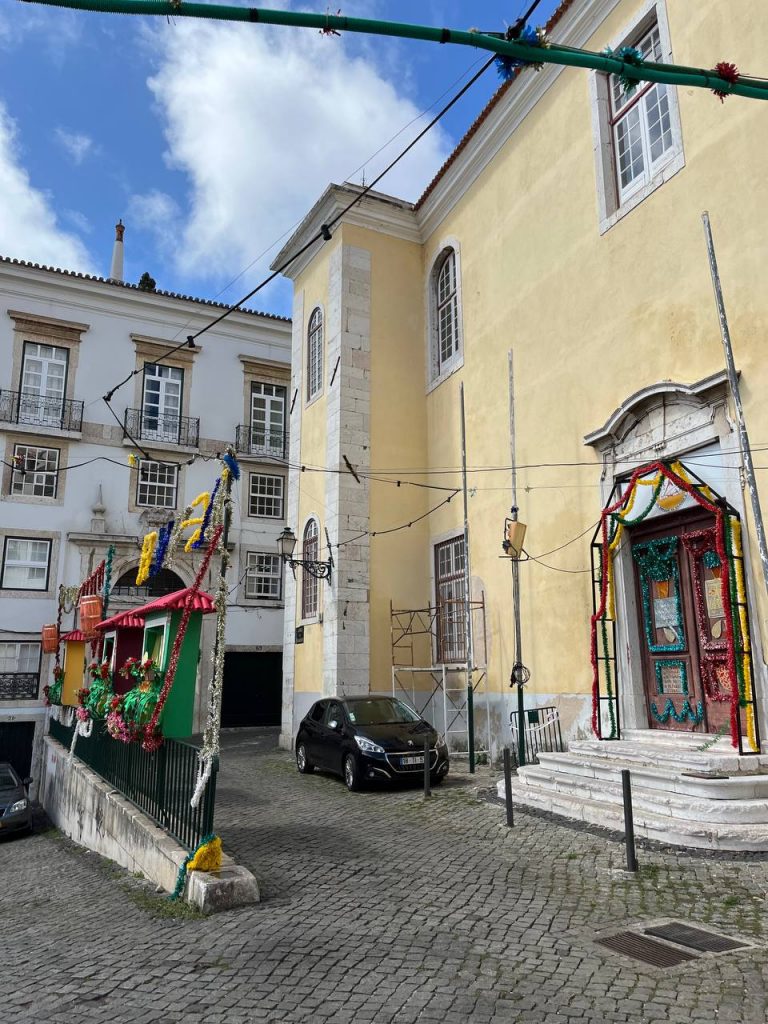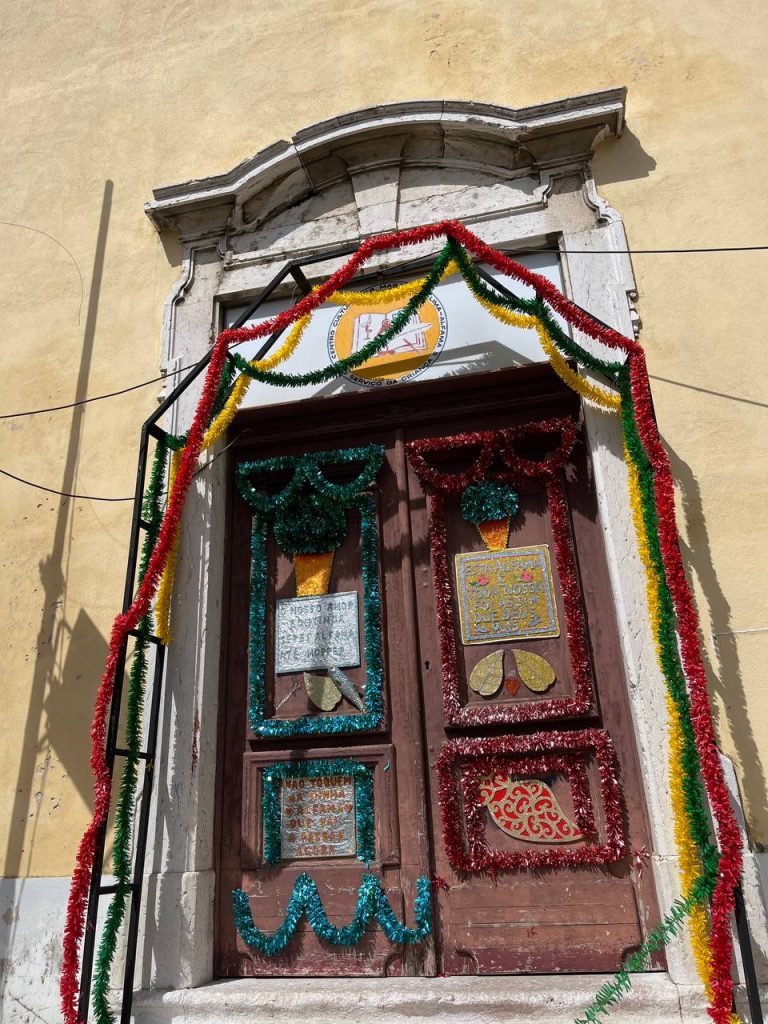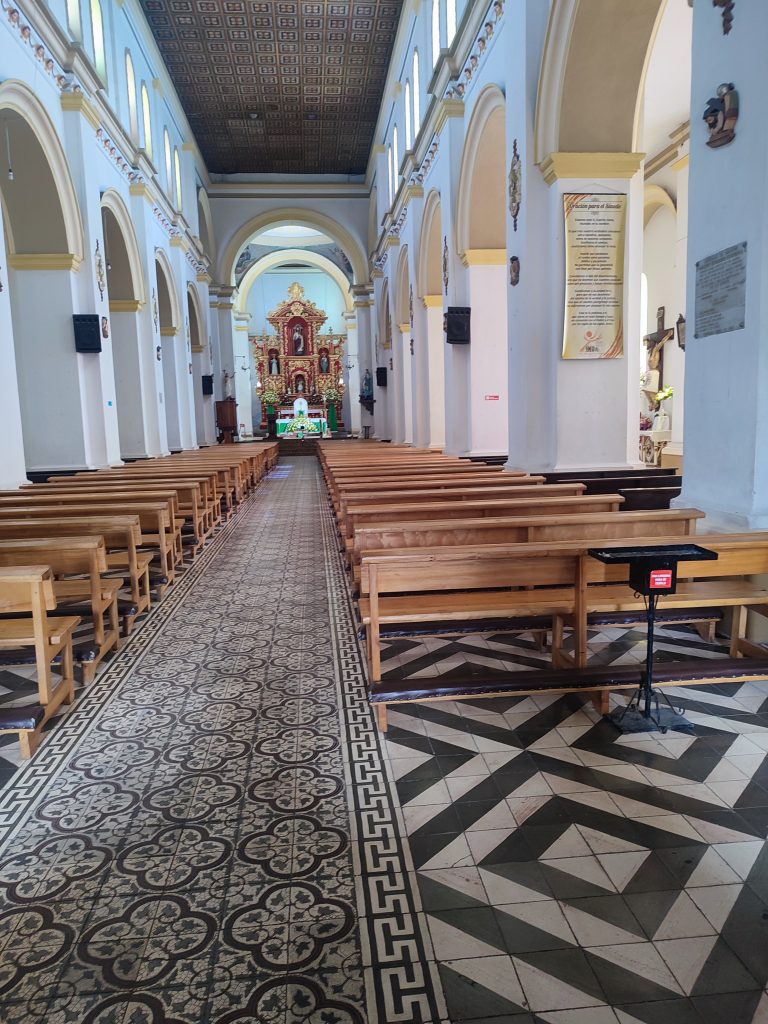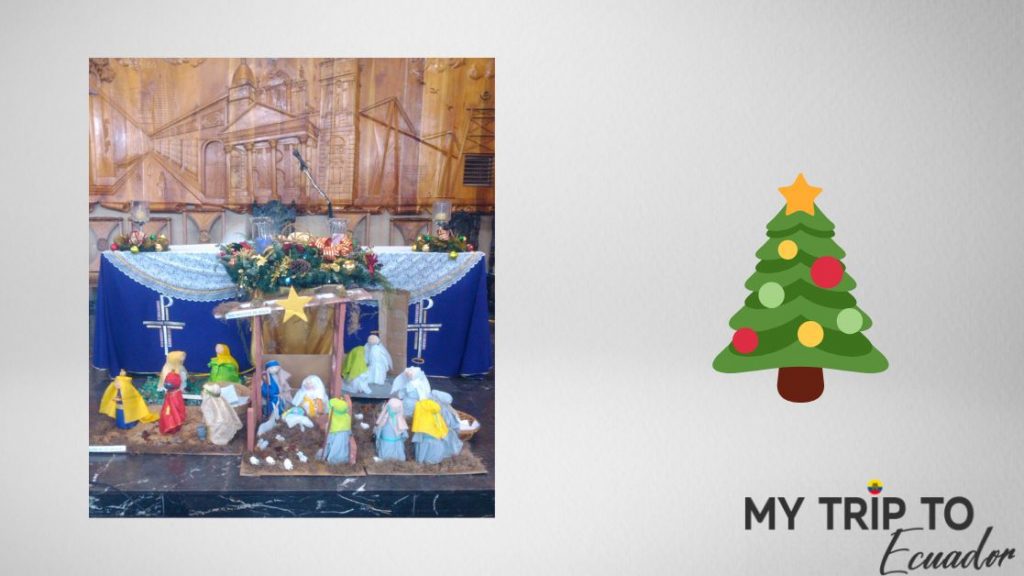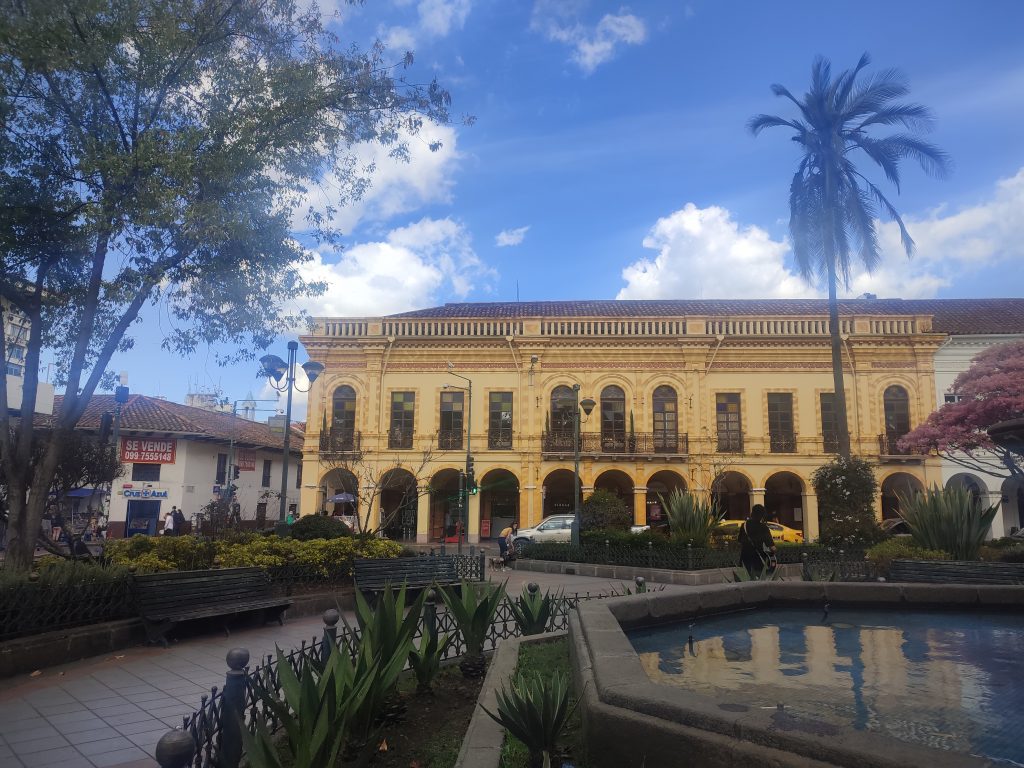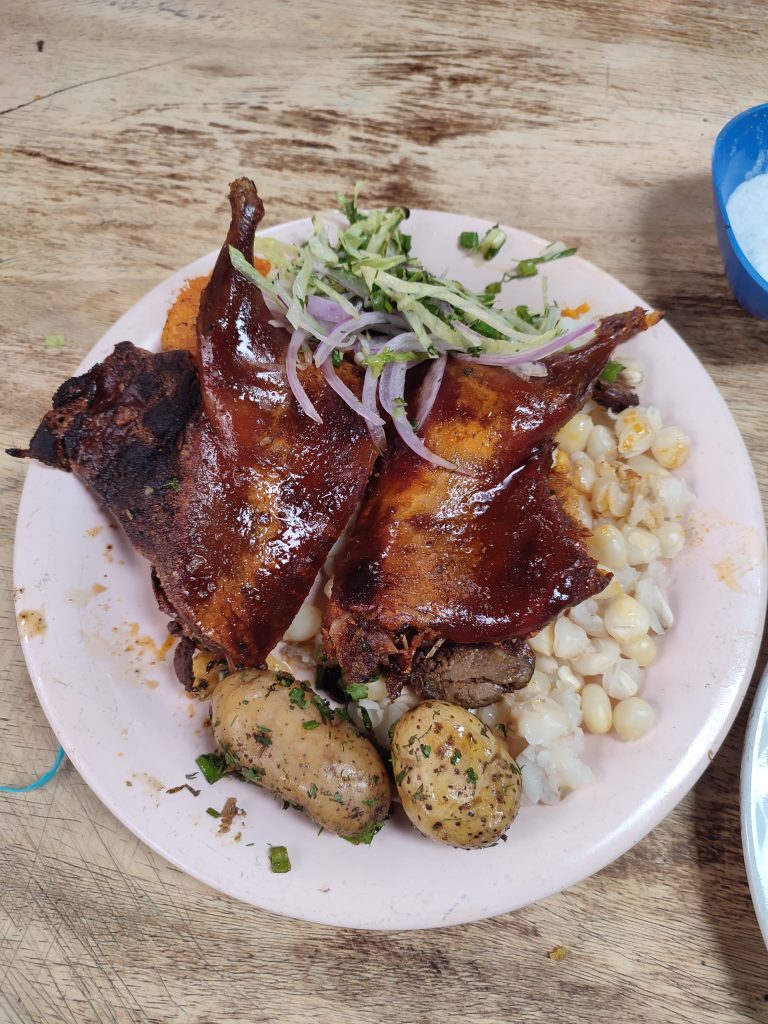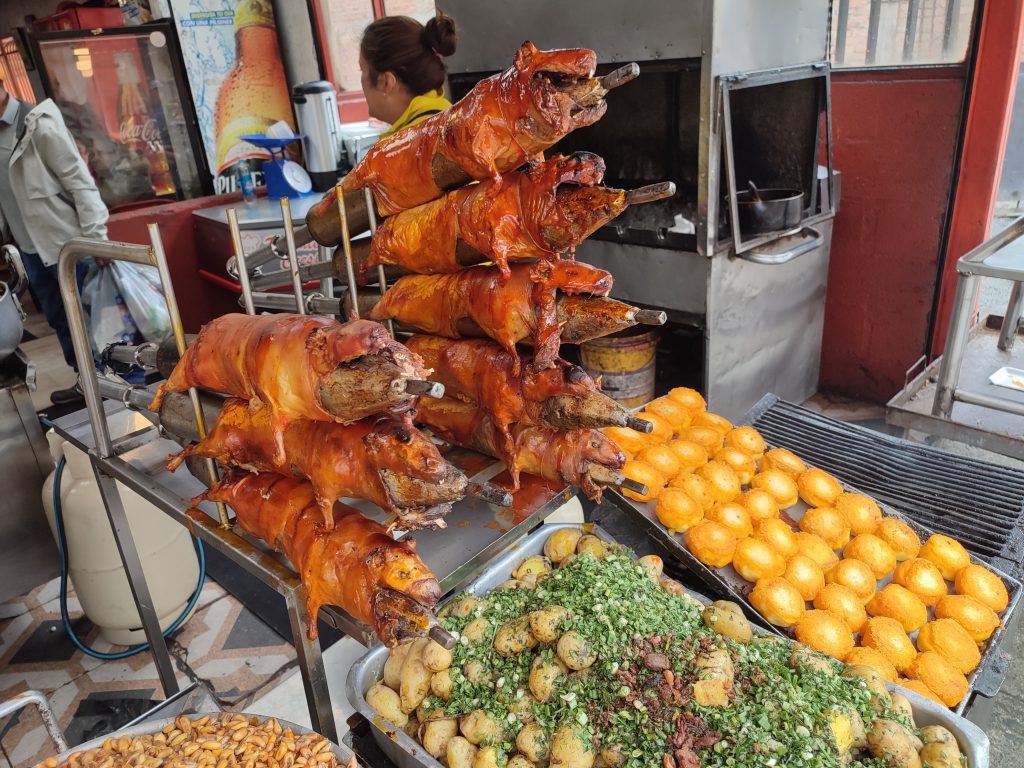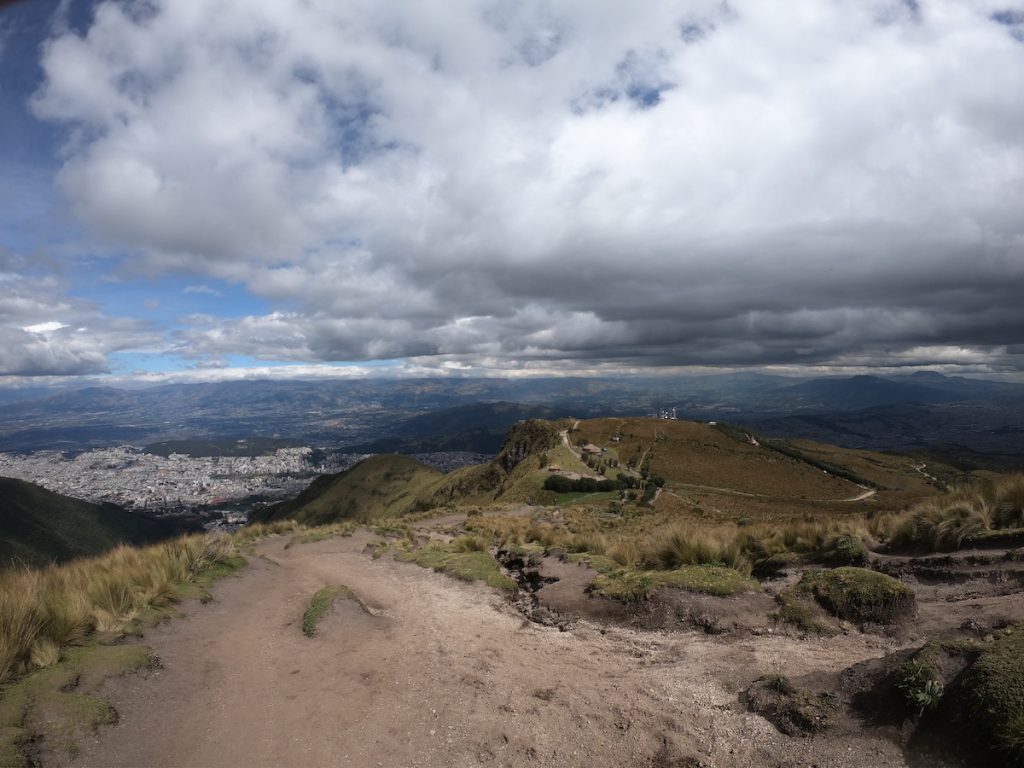There are variations in how Christmas is spent in each region of Ecuador. While Santa Claus may not play a large role in Ecuadorians’ holiday celebrations, the majority of Christmas celebrations in Ecuador feature grandiose festivities.
Ecuadorians hold pageants and parades. They also create handmade nativity sets, and you should also get to know their cheeky take on eggnog. These are only some of the traditions of celebrating Christmas in Ecuador.
Read on to discover more about how the most wonderful time of the year is celebrated in Ecuador.
Looking back, experiencing Christmas in Ecuador offered unique cultural insights – from traditional novenas to local festivities and special foods. Skip the uncertainty I faced and get a FREE personalized Ecuador trip quote from my trusted local experts who know exactly how to plan a magical holiday season visit. Your booking helps support both this blog and local Ecuadorian communities.
Plan perfect trip to Ecuador & Galapagos
I spent countless hours researching everything about traveling to Ecuador, and I created this blog for fellow travel enthusiasts who want the best, most reliable information. But if you want to save time, we’ve partnered with the top local agency to plan your dream trip.
Christmas Decorations
Like many South American nations, Ecuadorians make pesebres, or nativity scenes, by hand as their primary holiday decoration. Ecuadorian nativity scenes can be incredibly detailed, with tiny figurines of people, animals, and houses. The Holy Family and the Christ Child in the manger are shown in every nativity scene in Ecuador.
In recent years, Ecuador has also acquired the tradition of decorating a Christmas tree in the town square. Small towns and villages regularly compete to have the tallest tree.
Ecuadorian Christmas Traditions
In Ecuador, Christmas Day and Christmas Eve are primarily family gatherings, however, there are several public events in every town and city including big ones like Quito and Guayaquil. Given that Catholicism is the faith that is most generally embraced in the nation, Christmas is a big occasion and a lot of fun for travelers of all religious backgrounds.
Novenas
The novena, a Christmas custom, ushers in Ecuador’s holiday season on December 16.
The nine days leading up to the birth of Jesus Christ are referred to as the novena. Every night stands for one of the months that Mary carried Jesus.
The Three Wise Men, Mary, and Joseph are honored for their efforts in seeking refuge before the birth of Jesus through the novena.
Families and neighbors gather to pray for the sick and the destitute while singing villancicos.
Pesebres or Nativity Scene
The nativity or pesebre, a portrayal of Christ’s birth, is an integral feature of any Ecuadorian household during Christmas. However, it is not the same as what you would typically see in other countries.
The usual scenery of Mother Mary and Joseph in a straw-covered barn can be seen. The Three Wise Men and various agricultural animals, including sheep, cows, and llamas, are also shown on the stable’s exterior.
In Ecuador, however, the infant Jesus does not show up in his crib until midnight on Christmas Eve.
This family custom is also carried out on a bigger scale, with city-wide competitions for the greatest nativity scene.
The Passage Of The Traveling Child
El Pase del Nio (Passage Of The Traveling Child) is a traditional Christmas pageant that takes place between mid-December and Christmas Eve. It is a procession of baby Jesus figurines representing the trip that pregnant Mary and Joseph traveled on their route to Bethlehem.
This lovely festival began in the early 1960s when a statue of baby Jesus was carried to Rome to obtain Pope’s blessings. When the statue was returned to Ecuador, a voice from the audience yelled, “The traveler has returned!”. The figure was immediately dubbed the Niño Viajero or Child Traveler.
The parade involves a lot of music, singing, and dancing to commemorate Jesus’ birth. While this occurs in communities throughout Ecuador, it is more common in the Andes.
Every year on December 24th, the biggest procession in Latin America takes place in the city of Cuenca in Ecuador.
The parade begins in the morning and lasts until late in the afternoon. You definitely want to see the major event, which is the infant or El Nio being taken to the Cathedral de la Inmaculada. It’s a fantastic combination of traditional Catholic floats and indigenous Quichua songs and dancing.
Baile de Cintas is a dance that appears very similar to a Maypole dance, with Tucuman dancers bouncing around the pole weaving ribbons.
Have questions about your upcoming Galapagos trip? Join my Galapagos Reddit community and ask other travelers who recently visited the islands. Get up-to-date tips, real experiences, and honest advice from other travelers (I ban tour agencies and resellers).
Noche Buena
Christmas Eve, or Nochebuena (translated as “good night”), is an essential component of the Ecuadorian Christmas ritual.
It is a day when the entire family gathers, exchanges gifts, and enjoys a feast.
Cena de Nochebuena, or Christmas Eve meal, typically consists of turkey, roast ham or chicken, salads, potatoes, rice, desserts, and copious amounts of wine.
In some regions, there is a special Christmas rice that is sweeter than the usual white rice given.
Farmers and townspeople in the Andean region still celebrate Christmas by attending church and eating a simple feast of roasted pig, or cuy with corn and grains on Christmas Eve.
Ecuadorians attend mass after their large holiday dinner. Ecuadorians flock in vast numbers to attend the Misa de Gallo (rooster mass) at midnight on December 24.
Christmas lists for wanted gifts may be placed in old shoes and laid at the side of family members’ mattresses before the mass or upon returning home.
In the morning, Papa Noel, or Santa Claus may arrive with a new pair of shoes in addition to the gifts on the list.
6 Must-Try Christmas Foods in Ecuador
Hornado de Chancho
Roasted pork leg is a famous Ecuadorian meal that is frequently served at Christmas.
Slow roasting the pork leg in spices, chicha, and lard in an outdoor clay oven is the traditional method. However, while cooking at home, you can frequently replace beer with chicha and butter for lard.
Roasted Guinea Pig (Cuy)
Christmas Eve meal is fairly basic in Ecuador’s mountainous regions. It is made out of corn, grains, and guinea pig meat, which is plentiful in their region.
Pavo al Horno
A more recent practice in Ecuador is serving roast turkey, also known as Pavo navideo or Christmas Turkey, on the table. Ecuadorians living in America brought it over to the country.
Pernil
Pernil is a slow-roasted, delicate pork loin dish that is similar to poc chuc in Mexico. In Ecuador, it is considered a must-have Christmas ritual.
Orange juice, onions, garlic, annatto paste, cloves, cinnamon, cumin, and cane sugar are used to marinate it.
The marinade is similar to that used to make hornado, but the cloves and cinnamon add a unique flavor.
Canelazo
Canelazo frequently makes an appearance at Ecuadorian events, particularly around Christmas.
Aguardiente, an alcoholic beverage made from sugarcane, is combined with sugar, water, and cinnamon. It is served hot and has a holiday vibe similar to hot toddies or mulled wine.
Rompope
Rompope is Ecuador’s version of alcoholic eggnog. It is comparable to Crema de Vie in Cuba and is also offered in Mexico.
Trust me, while Christmas Eve Mass is beautiful, knowing how to experience all the holiday traditions makes it unforgettable! Want an expertly planned itinerary that lets you participate in both religious ceremonies and cultural celebrations? Get a FREE quote from my recommended local agency. Your booking supports this blog and local Ecuadorian businesses.
Christmas Day in Ecuador
In Ecuador, we noticed that Christmas Day, or La Navidad, feels more relaxed compared to the vibrant energy of Christmas Eve. After the lively celebrations on Noche Buena, most families take it easy, spending Christmas Day at home. It’s a calm day, with people sleeping in and then gathering in the afternoon for a quieter family celebration filled with food, drinks, and, of course, some more music and dancing.
One of the most memorable parts of Ecuadorian Christmas for us was seeing the start of a unique tradition—building large, detailed effigies. These dolls are a big deal, packed with straw and fireworks, and crafted with impressive skill between Christmas and New Year’s Eve. We’d see them being put together outdoors due to their size, adding a festive touch to the season that felt both fascinating and uniquely Ecuadorian.
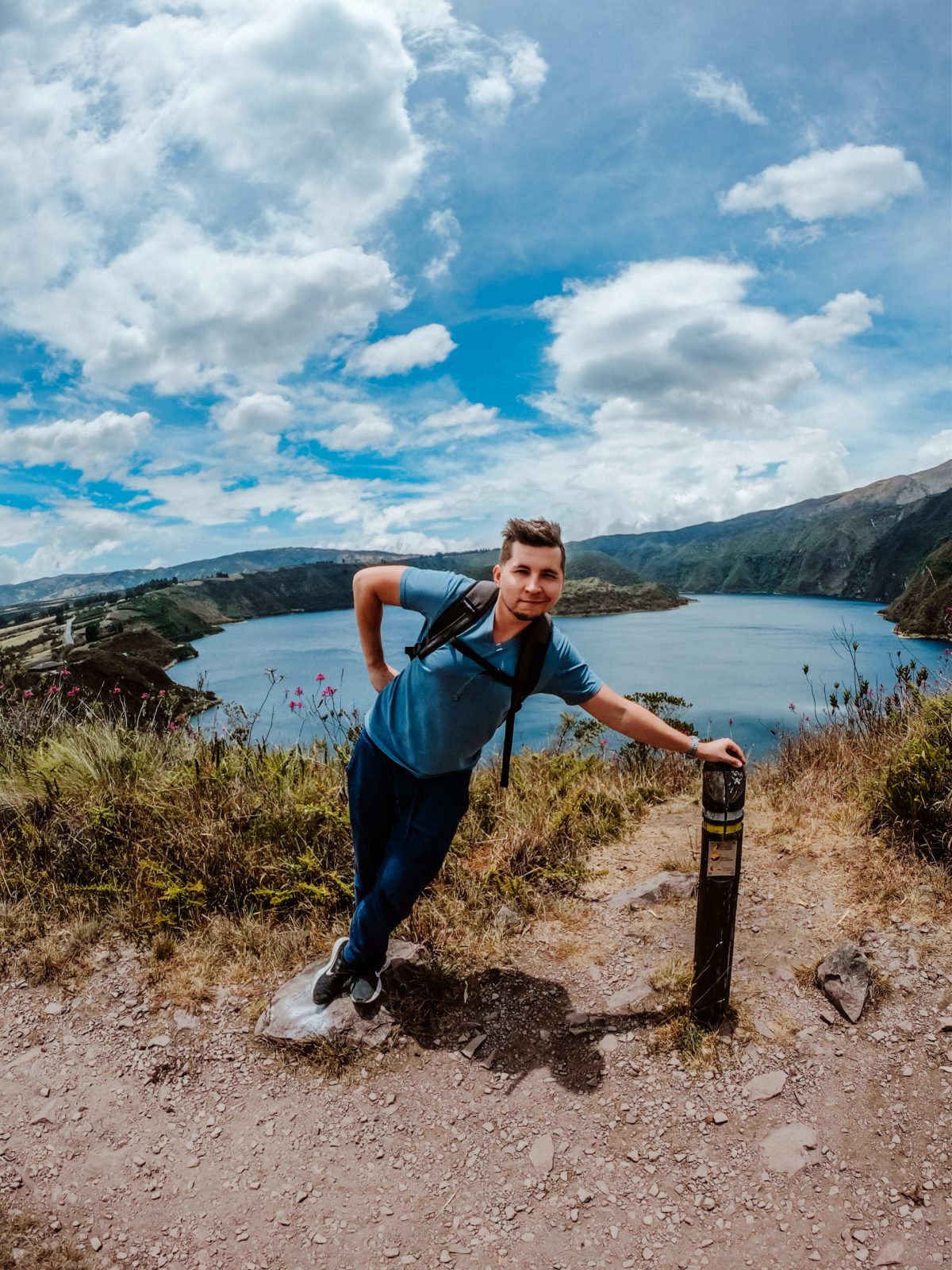
Planning trip to Ecuador?
My wife and I rented a car for 15 days and traveled from the northern part of Ecuador to the south, visiting amazing cities like Quito, Otavalo, Baños, Cuenca, and Guayaquil. Along the way, we explored iconic places such as Cotopaxi National Park, Quilotoa Lake, and many more breathtaking destinations.
Not many blogs cover traveling in Ecuador in detail, so I spent nearly three weeks creating this comprehensive Ecuador travel guide based on our trip. It’s packed with everything you need to know, and honestly, I consider it the best free travel guide about Ecuador out there.
If you’re planning a trip to Ecuador, don’t forget to use my link for discounted hotel prices through Booking.com. It’s a great way to support my blog while saving money on your accommodations!

